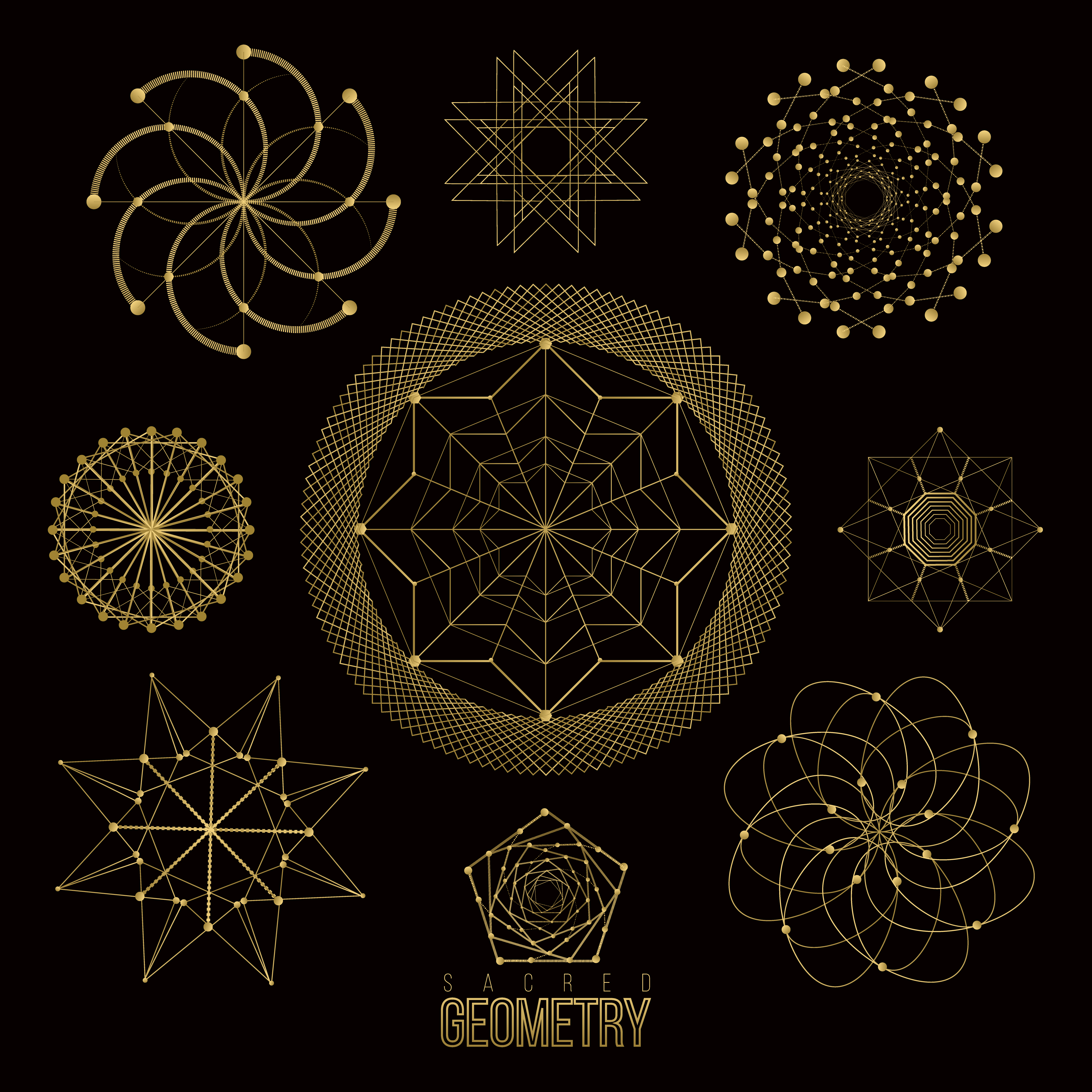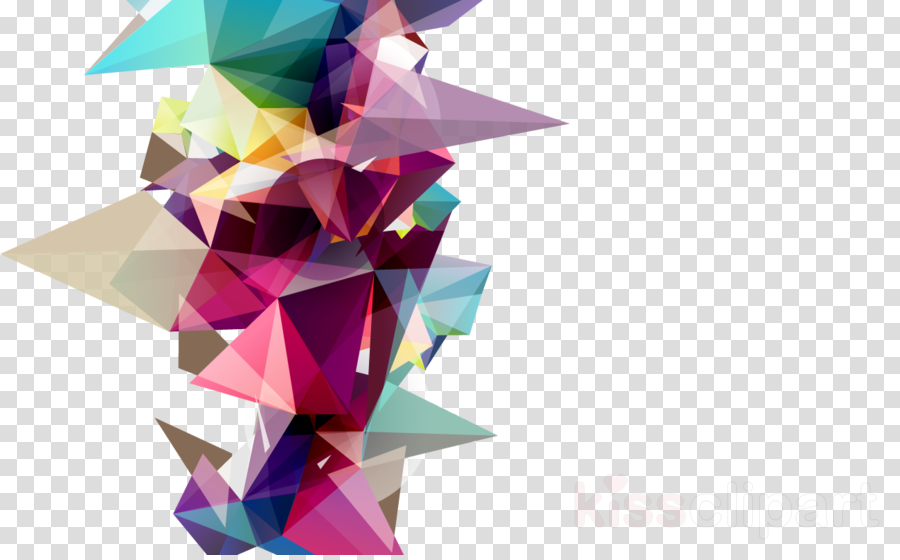
Some shapes in this work seem to be veiled references to unlikely creatures and deserve the term biomorphic because of their organic configuration. Like other Surrealists, Tanning was interested in the inner psychic life of human beings. Tanning combines a realistic rendering of form with the fantastic. He also made use of open-value composition, where the value moves from one shape into the adjoining shape.ĭorothea Tanning, Guarding Angels, 1946.

Gris, a Cubist, not only simplified shapes into larger, more dominant areas but also gave each shape a characteristic value, producing a carefully conceived light-dark pattern. Cut-and-pasted paper, crayon, and oil over canvas, 31 7/8 x 23 1/2 in. Juan Gris (Jose Victoriano Gonzalez), Breakfast, 1914. Though decorative in nature, the shapes give the composition a sense of energy and movement. Matisse's biomorphic shapes, which are abstracted from organic forms, stand out from the background area dur to the contrasts in color and value. Henri Matisse, The Burial of Pierrot, Plate VIII from Jazz, 1947. Implied Shape - created by the psychologial connection of dots or linesĪmorphous Shape - vague shape - a subtle suggeston of shape without definition or certain dimensions - (On a foggy day, we can sense blurred, fuzzy,a nd indistinct trees or buildings long before we can see them clearly.) - Impressionists often created amorphous shapes as they explored the atmospheric effect of sunlight on their imagery.The impression of light's effect on the surface of the object was more important thatn a naturtalistic rendering of the object itself.

Geometric - circles, ovals, squares, rectangles, triangles hexagons, pentagons, and other mathematically derived shapes (structured, precise, sharply defined) - generally retain character of being curvilinear (made of curved lines), rectilinear (straight-lined), or some combination thereof -īiomorphic - organic or natural - made from rounded, curving, and sometimes undulating edges and suggest living organisms or natural forces (flowing qualities) - irregular shapes as in human form as well as stones, leaves, puddles, plant life, clouds

Subjective - abstract, nonobjective, or non-realistic (more imaginary - seem to have been invented by the artist) Objective - naturalistic, representational, or realistic (shapes used by artist imitate observable phenomena)


 0 kommentar(er)
0 kommentar(er)
